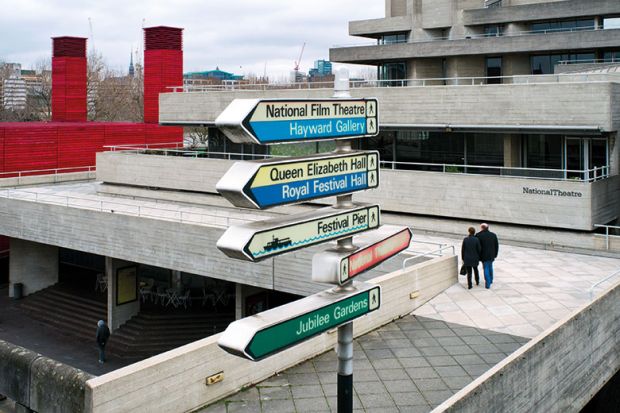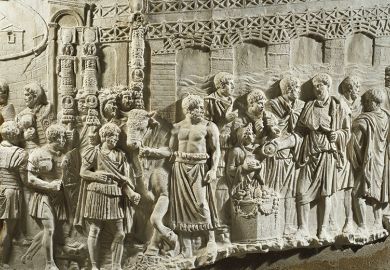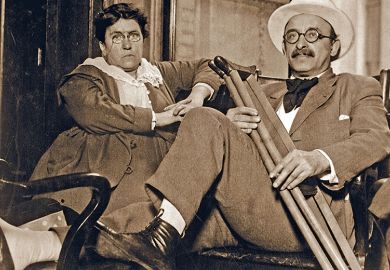Ugliness in architecture is one of those perennial, passion-fuelled topics. From where I am writing, I can think of a dozen controversies about ugliness within a half-mile radius, and my university’s reconstruction in the 1960s continues to rile local conservationists. Brexit has nothing on the battle for George Square, a “holocaust” in the words of an otherwise sensible critic.
I thought of those ongoing local battles and the strength of feeling that they have stirred up while enjoying Timothy Hyde’s Ugliness and Judgment. I also thought about Roger Scruton’s decades of work on architectural aesthetics. Wherever you are with Scruton, he has got nearer than most to understanding the visceral qualities of architectural likes and dislikes: his account of Denys Lasdun’s Institute of Education, a London megastructure, is memorable for the way it brings a psychosexual ethic to the fore. This is a terribly ugly building, says Scruton, because its sheer horizontality takes us into the frightening realms of sex, and death, which he thinks are existentially horizontal. I don’t remotely agree, but I appreciate the argument.
Hyde’s book confronts ugliness head on, using it as a way to interrogate British architectural discourse through a series of studies of familiar battlegrounds: John Nash’s Bath, London’s South Bank, the Houses of Parliament, the unbuilt tower by Mies van der Rohe for the City. It has some (literally) pungent reflections on ugliness, understood in visceral as well as visual terms. One of the pleasures of the book is its commentary on the smells of 19th-century London.
Hyde’s research on the individual case studies is impeccable, so this is an excellent source if you want to know why Prince Charles’ speechwriter thought that the ABK scheme for the National Gallery extension was a “carbuncle” or why Sir John Soane caused such upset. Hyde locates these debates about ugliness in the context of wider legal debates, and how ugliness is so often a proxy for something else. So the “carbuncle” question becomes an argument about the limits of monarchical power, and its relation to an architectural establishment. The attentiveness to the nuances of that debate, along with similar work on the South Bank, are real strengths of the book. If you want detailed analyses of those controversies, this is as good a place as any to read about them.
The book’s organisation presents some challenges, however, leaping about from one century to the next, and sometimes entirely away from the ugly. It is also, although it claims to be about the UK, largely about London; and the “public” of the excellent title is largely coterminous with the Royal Institute of British Architects, which is to say not a very large public – and one that thankfully has less influence than it likes to think. So I wanted to know about ugliness outside the rarefied air of the RIBA. Was ugliness the same in South Wales as it was in South Kensington? Manchester, a proxy case here for air pollution, surely had its architectural admirers. But that would have been a different book.
Richard J. Williams is professor of contemporary visual cultures at the University of Edinburgh. His latest book is Why Cities Look the Way They Do (2019).
Ugliness and Judgment: On Architecture in the Public Eye
By Timothy Hyde
Princeton University Press, 232pp, £27.00
ISBN 9780691179162
Published 9 April 2019
Register to continue
Why register?
- Registration is free and only takes a moment
- Once registered, you can read 3 articles a month
- Sign up for our newsletter
Subscribe
Or subscribe for unlimited access to:
- Unlimited access to news, views, insights & reviews
- Digital editions
- Digital access to THE’s university and college rankings analysis
Already registered or a current subscriber?








